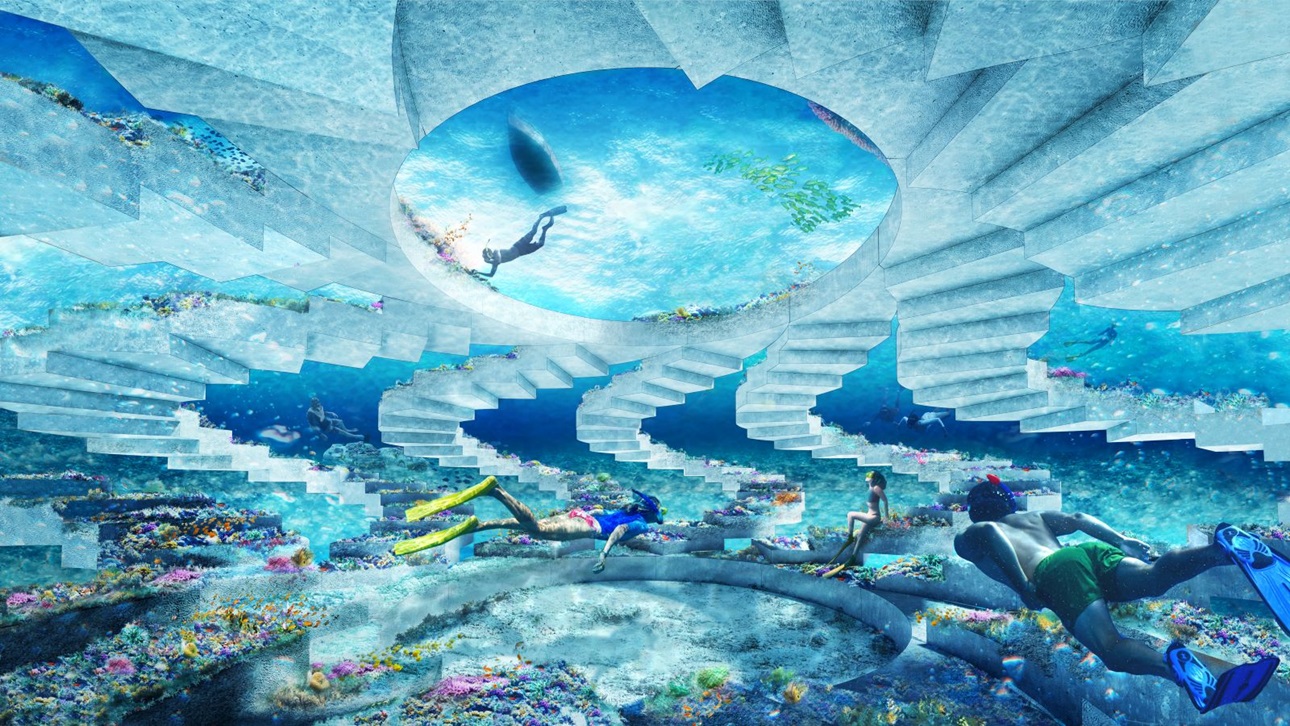- English
- 中文 (Chinese)
- Français (French)
- Deutsch (German)
- 日本語 (Japanese)
- Español (Spanish)
Creación de espacios creativos: recomendaciones e impacto de seis paneles de servicios de asesoramiento

ULI ha llevado a cabo más de 800 paneles de servicios de asesoramiento (ASP) desde el lanzamiento del programa en 1947. ¿Cuál ha sido el impacto de las recomendaciones del panel implementadas?
Además, ULI ha visto una creciente demanda de experiencia creativa en la creación de lugares entre las habilidades del panel. ¿Cómo ha ayudado la implementación de las recomendaciones del panel que involucran el arte y la cultura a resolver los difíciles desafíos del panel planteados por los patrocinadores?
Este nuevo informe proporciona información penetrante en respuesta a estas preguntas. Los seis ASP, seleccionados de 20, luego de una profunda investigación primaria y secundaria, destacan el impacto social, económico, ambiental y de salud de las recomendaciones implementadas del panel que involucraron el aprovechamiento del arte, la cultura y la creatividad en el entorno construido.
Estos ASP, como estudios de caso, abordan una amplia gama de desafíos relacionados con el uso de la tierra:
Centro de la ciudad Sur, Raleigh, Carolina del Norte, un nuevo desarrollo de uso mixto rodeado por dos barrios diversos y bien establecidos– uno predominantemente blanco el otro, negro
Segunda Avenida, Nashville, Tennessee, restauración de una preciada calle histórica devastada por un bombardeo que desfiguró muchos de sus grandes edificios victorianos
Charity Hospital, Nueva Orleans, Luisiana, la reconstrucción de un amado hospital cerrado después del huracán Katrina (2005) y una comunidad que aún lamenta su pérdida
Gestión de aguas pluviales y adaptación climática, Miami Beach, Florida, una apuesta por una ciudad resiliente, así como por su arte, estética y comunidad, situada entre cálidas aguas turquesas - océano y bahía, luchando contra los efectos del cambio climático
Universidad de Shaw, Raleigh, Carolina del Norte, el apalancamiento estratégico [de] sus vastos activos inmobiliarios y la preservación de su historia y cultura en medio de una ciudad en rápida expansión
Christiansted, St. Croix, Islas Vírgenes de EE. UU., recuperación de dos tormentas consecutivas, lograr una vitalidad económica a través de un enfoque en la resiliencia climática, la reconstrucción interna y el mantenimiento del lugar
Este informe destaca la esencia de cada panel, destaca las recomendaciones que condujeron a la creación creativa de lugares, analiza el impacto posterior al panel de las recomendaciones implementadas y comparte la sabiduría de las lecciones aprendidas como una hoja de ruta para obtener resultados exitosos. Las historias que surgieron de esta investigación ilustran cómo la creación de lugares creativos contribuye a Desarrollo equitativo y se alinea con ULI’ compromiso de DEI— diversidad, equidad e inclusión— en bienes raices
El informe pretende servir como una herramienta de marketing que demuestre la amplitud de la capacidad del proceso del panel de ULI y una herramienta educativa para resaltar el valor multiplicidad de la creación de lugares creativos en los proyectos de desarrollo inmobiliario.
Resumen del informe: ULI ha llevado a cabo más de 800 paneles de servicios de asesoramiento (ASP) desde el lanzamiento del programa en 1947. ¿Cuál ha sido el impacto de las recomendaciones del panel implementadas?
Además, ULI ha visto una creciente demanda de experiencia creativa en la creación de lugares entre las habilidades del panel. ¿Cómo ha ayudado la implementación de las recomendaciones del panel que involucran el arte y la cultura a resolver los difíciles desafíos del panel planteados por los patrocinadores?
Este nuevo informe proporciona información penetrante en respuesta a estas preguntas. Los seis ASP, seleccionados de 20, luego de una profunda investigación primaria y secundaria, destacan el impacto social, económico, ambiental y de salud de las recomendaciones implementadas del panel que involucraron el aprovechamiento del arte, la cultura y la creatividad en el entorno construido.
Estos ASP, como estudios de caso, abordan una amplia gama de desafíos relacionados con el uso de la tierra:
Centro de la ciudad Sur, Raleigh, Carolina del Norte, un nuevo desarrollo de uso mixto rodeado por dos barrios diversos y bien establecidos– uno predominantemente blanco el otro, negro
Segunda Avenida, Nashville, Tennessee, restauración de una preciada calle histórica devastada por un bombardeo que desfiguró muchos de sus grandes edificios victorianos
Charity Hospital, Nueva Orleans, Luisiana, la reconstrucción de un amado hospital cerrado después del huracán Katrina (2005) y una comunidad que aún lamenta su pérdida
Gestión de aguas pluviales y adaptación climática, Miami Beach, Florida, una apuesta por una ciudad resiliente, así como por su arte, estética y comunidad, situada entre cálidas aguas turquesas - océano y bahía, luchando contra los efectos del cambio climático
Universidad de Shaw, Raleigh, Carolina del Norte, el apalancamiento estratégico [de] sus vastos activos inmobiliarios y la preservación de su historia y cultura en medio de una ciudad en rápida expansión
Christiansted, St. Croix, Islas Vírgenes de EE. UU., recuperación de dos tormentas consecutivas, lograr una vitalidad económica a través de un enfoque en la resiliencia climática, la reconstrucción interna y el mantenimiento del lugar
Este informe destaca la esencia de cada panel, destaca las recomendaciones que condujeron a la creación creativa de lugares, analiza el impacto posterior al panel de las recomendaciones implementadas y comparte la sabiduría de las lecciones aprendidas como una hoja de ruta para obtener resultados exitosos. Las historias que surgieron de esta investigación ilustran cómo la creación de lugares creativos contribuye a Desarrollo equitativo y se alinea con ULI’ compromiso de DEI— diversidad, equidad e inclusión— en bienes raices
El informe pretende servir como una herramienta de marketing que demuestre la amplitud de la capacidad del proceso del panel de ULI y una herramienta educativa para resaltar el valor multiplicidad de la creación de lugares creativos en los proyectos de desarrollo inmobiliario.


